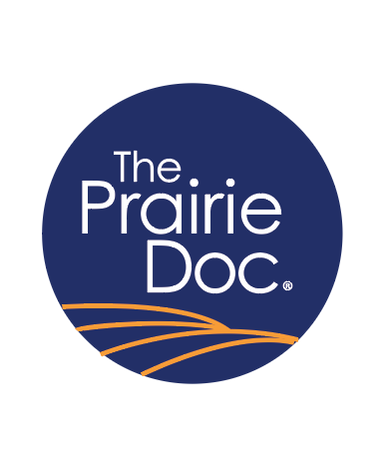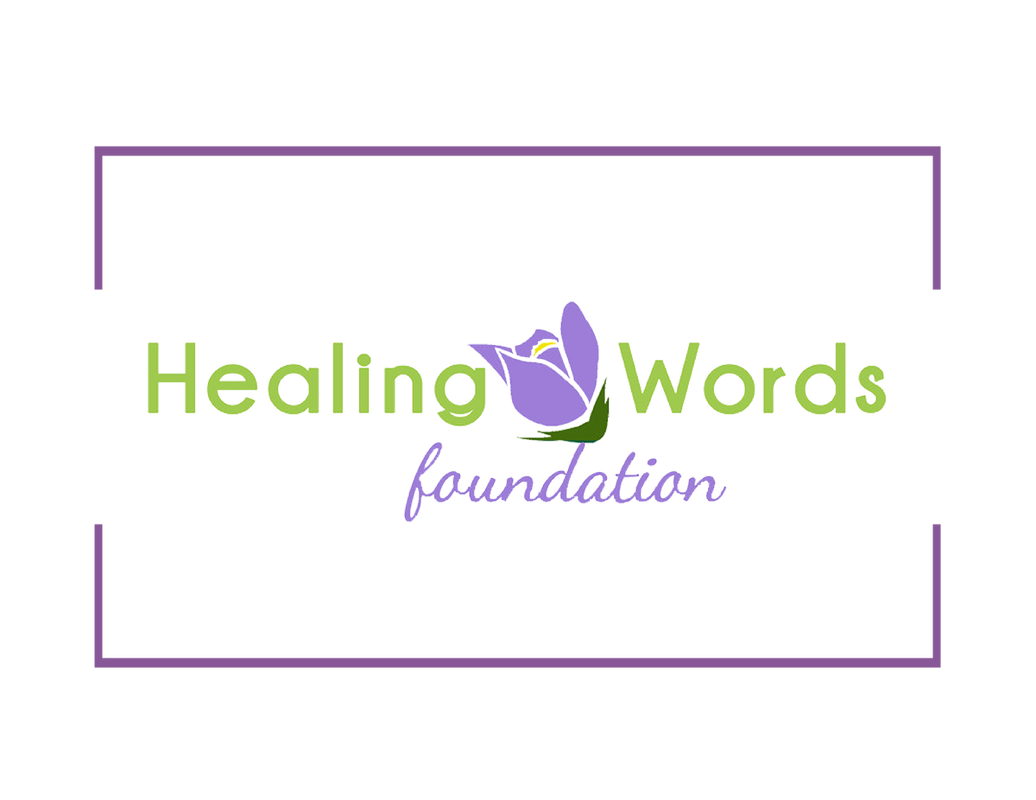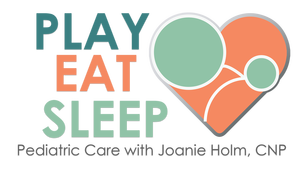|
By Richard P. Holm MD
He was my neighbor, not my patient; a guy my age, a man of many talents and interests, and a dear friend. He was one of those fellows who would give the shirt off his back to help you, if needed. When he was diagnosed with pancreatic cancer which had spread to the liver, he, his daughters, and his friends knew how this was likely going to go. But we didn’t realize how graciously he would handle the dying process until the very end. My friend was treated with and was truly helped by chemotherapy for a while, but gradually the tumor cells developed resistance to the drugs and the Oncologist suggested no more chemo. My friend was ready to have only pain meds and hospice care. In the end, per his direction and with the help of hospice and the caring people at the Arlington Nursing Home, he shuffled off this mortal coil comfortably, surrounded by his family and friends. Fortunately, he had a compassionate and grounded primary care doctor and oncologist team who were realistic about his condition and knew when to stop intervention. He also had loving daughters and friends to surround him with support, plenty of ready-to-heat-and-eat tater-tot-like hot-dishes, an advanced directive that said he was not to have any pointless medical intervention, and plenty of pain medicine for comfort. When I visited him two days before his death he told me, despite an expanding belly full of cancer, that he was without pain. Most importantly, he was absolutely unafraid; courageously accepting of the dying process. In comparison, I find it tragic and too common that patients and families are overwhelmed with a fear of death. Some suggest this disabling-dread comes from our cultural practice of protecting children from seeing death, with the intention of making life easier on them. Thus, a lifelong apprehension and running from death has become the norm. Consequently, we expect modern medicine to save us in the end, which can be a desperate, futile, and harmful hope, especially in an end-of-life situation. What’s more, physicians struggle taking the time and challenge of helping people in denial face their dying process. Bottom line, too many people choose to be dragged through unnecessary suffering at their end of life, and too often doctors comply. Rather, dying people should ask for and be reassured that enough comfort medicine will be provided and that it’s going to be alright. Our profession has been improving in this regard, but certainly could do better. When it’s time, we should all have the opportunity for a gracious death, just like my neighbor. By Richard P. Holm, MD
Of the 40 million people with hearing loss in the United States, 25% of those, or 10 million, have lost part or all of their hearing as a result of excessive exposure to too much noise. But how much noise is too much? Measured as decibels (dB), the acceptable manufacturing noise standard is to allow a daily exposure up to but not over 85 dB in an eight-hour period of time. More than that can cause permanent injury to our hearing. This is likely due to wear and tear on the tiny cells in the ear, called hair cells, that vibrate when sound is introduced. It’s like a daily line of college kids walking too often across one path on the grass. A little is fine; too much kills the grass. The average conversation, for example, is usually around 50-60 dB, street noises at 70-80 dB, and an operating lawnmower at about 90 dB. Single loud sounds like gunfire at about 150 dB can also be damaging, but realize that the time exposed to lower volumes are the unrecognized danger we face daily. Noise levels above 90 dB come from surprising places like screaming babies, convertibles driving at 60 mph, marching bands, leaf blowers, hand and hair driers, and those noisy electronically amplified concerts. Now a new threat has turned up. Tuning out the world with ear buds, while turning up the tunes for hours, can be like riding on a two-cylinder John Deere Tractor with no cab all day while cultivating corn. Those old two-cylinders were loud, and so it can be with ear buds! Ear bud volumes at 100 dB for as short as 15 minutes can damage hearing. Again, it’s the volume multiplied by the time of exposure that makes it so bad. One study showed that 97% of third graders had documented exposure to hazardous sound levels, while another showed that 12.5% of 6-19 year olds in the U.S. already had hearing loss directly attributed to noise exposure. What’s more, ear buds can be even more dangerous if the volume is too high and blocking out the ambient outside noise, which is needed to avoid danger. For example, walkers, runners, and bicyclists need their ears to hear when a truck might be coming from behind. Of course, it isn’t just noise that can reduce our hearing. Infections, trauma, and even medications like antibiotics, chemotherapy drugs, or pain medications can do it too, and we need to be aware. But the take home message for today is to protect ears by avoiding exposure to too much noise, and that the noise from ear buds is a new and dangerous threat. |
Archives
July 2024
Categories |
 RSS Feed
RSS Feed


